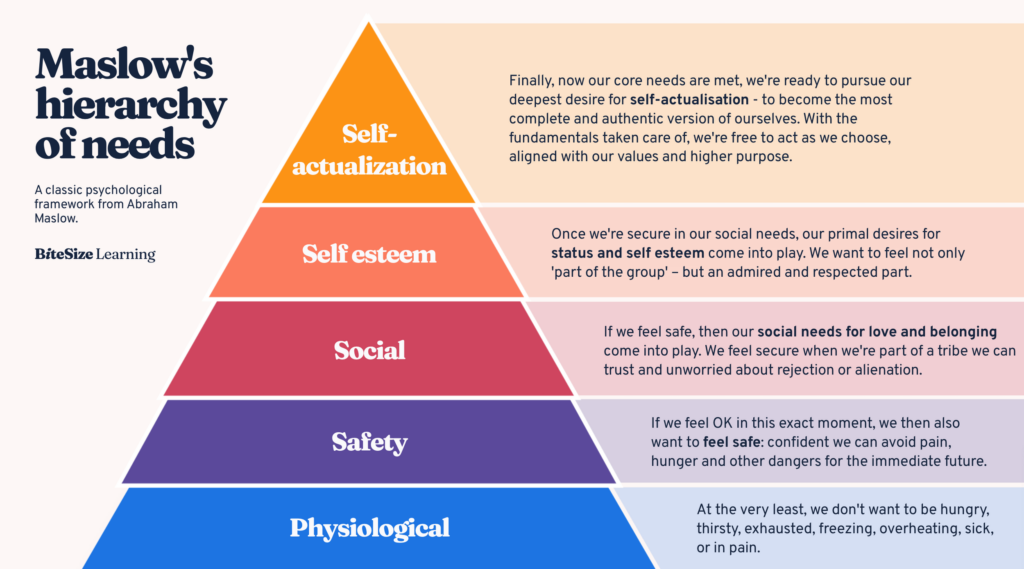Executive-Level Summary: Debate Over Alcohol Consumption Guidelines in Washington
- Overview of Issue: A significant debate is unfolding in Washington, D.C., regarding the federal dietary guidelines for alcohol consumption. These guidelines, which have been in place for nearly three decades, currently state that it is safe for men to consume up to two drinks per day and for women one drink per day. These recommendations are up for revision in the upcoming year by the Departments of Agriculture and Health and Human Services.
- Separate Consideration for Alcohol: For the first time, the guidelines on alcohol consumption will be considered separately from other dietary guidelines. This separation has initiated intense discussions and lobbying efforts among government agencies, the alcohol industry, and lawmakers.
- Industry and Political Involvement: The alcohol industry and its allies, including lobbyists and members of Congress, are actively challenging the scientific methods and transparency of the process used to draft the new recommendations. Significant lobbying efforts include sending materials to government officials and demanding more transparency and information about the recommendation process.
- Scientific Debate: There is a clash between current research presented by some scientists, which suggests that any amount of alcohol can be harmful, and industry arguments defending moderate alcohol consumption. Notable scientists like Tim Naimi, Jürgen Rehm, and Kevin Shield argue that earlier studies underestimated alcohol’s health risks, advocating for stricter consumption guidelines.
- Economic Implications: Reducing recommended alcohol consumption levels could negatively impact the alcohol industry, which is already noting a decline in customers, particularly among younger generations who are turning away from alcohol due to health concerns.
- Political Stance and Cultural Considerations: Some lawmakers, such as Senator Ted Cruz and Representative Jim Costa, emphasize the cultural and moderate consumption benefits of alcohol, suggesting that overly strict guidelines could be ignored by the public.
- Global Perspective and Studies: International organizations and studies are increasingly pointing to the risks associated with alcohol. The World Health Organization and other health bodies have suggested that no amount of alcohol is safe, comparing its risk profile to that of known carcinogens like asbestos and tobacco.
- Future Directions: The debate is set to intensify as the process for updating the guidelines continues, with various stakeholders seeking to influence the outcome based on scientific, economic, and cultural arguments.
-ChatGPT 4o
https://www.wsj.com/health/alcohol-health-risks-lobbying-3bc78fed?mod=hp_trending_now_article_pos1







